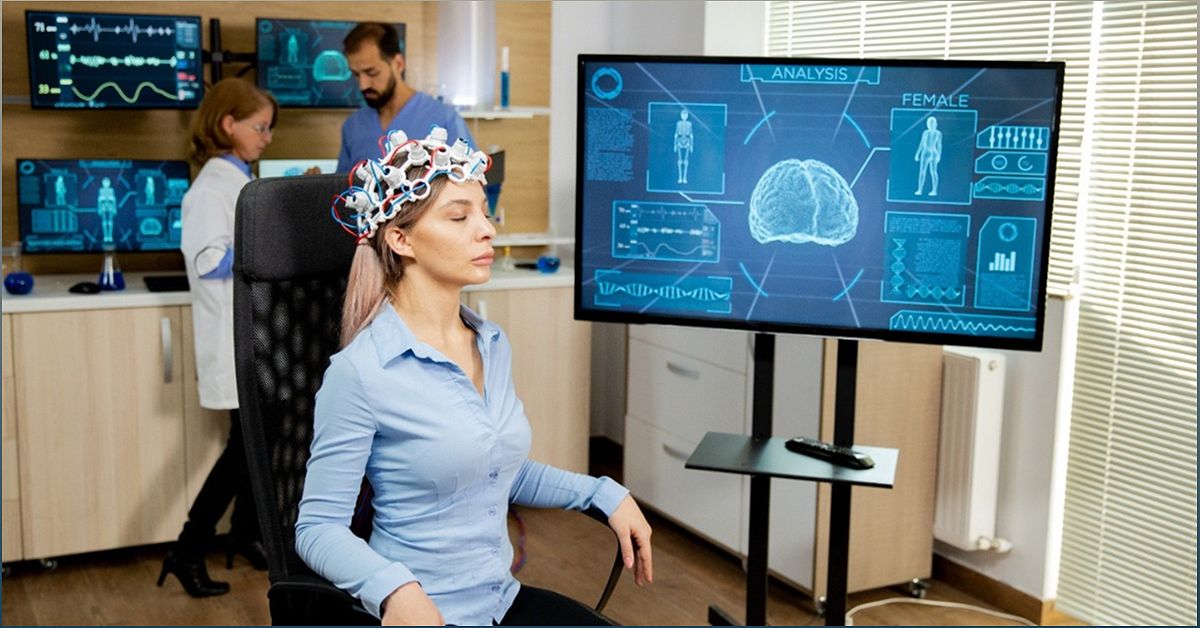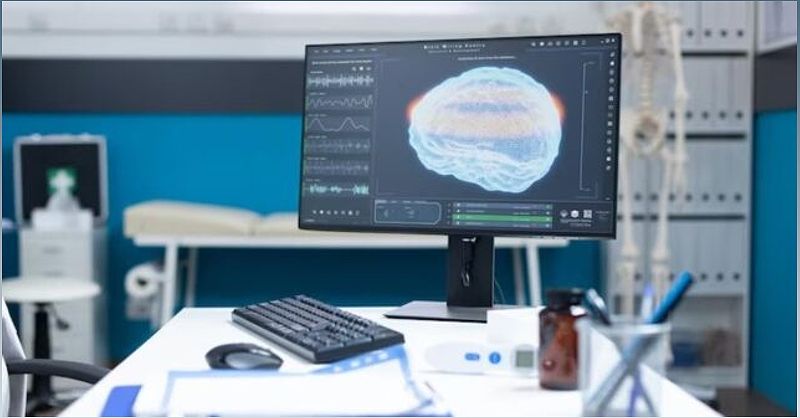Brain-Computer Interfaces (BCIs) are revolutionizing the way we interact with technology. By facilitating direct communication between the human brain and external devices, BCIs hold immense potential in enhancing communication, accessibility, and device control. This article delves into the multidisciplinary nature of BCIs, drawing insights from neurobiology, signal processing, machine learning, and human-computer interaction. Join us on a journey to explore the advancements, applications, and challenges in this exciting field.
Understanding Brain-Computer Interfaces
Exploring the multidisciplinary approach behind Brain-Computer Interfaces (BCIs) and how they enable direct communication between the human brain and external devices.
Brain-Computer Interfaces (BCIs) have emerged as a groundbreaking technology that bridges the gap between the human brain and external devices. By combining insights from neurobiology, signal processing, machine learning, and human-computer interaction, BCIs facilitate direct communication channels that can control various applications and devices.
The multidisciplinary nature of BCIs allows for a comprehensive understanding of the intricate workings of the brain and the translation of brain signals into actionable commands. Neurobiology provides insights into the functioning of the brain, while signal processing and machine learning algorithms decode and interpret these brain signals. Human-computer interaction principles ensure seamless interaction between the user and the external device.
This multidisciplinary approach is crucial in unlocking the true potential of BCIs and advancing the field towards more sophisticated applications.
Advancements in Brain-Computer Interfaces
Recent years have witnessed remarkable advancements in neuroscience, computer science, and engineering, which have paved the way for significant progress in the field of Brain-Computer Interfaces (BCIs). These advancements have led to improvements in neuroimaging techniques, signal processing algorithms, and brain-computer interfacing hardware.
Neuroimaging techniques, such as functional magnetic resonance imaging (fMRI) and electroencephalography (EEG), have become more precise and accessible, allowing for a more detailed understanding of brain activity. Signal processing algorithms have become more sophisticated, enabling more accurate decoding of brain signals and better noise reduction. Additionally, advancements in brain-computer interfacing hardware have resulted in more comfortable and user-friendly devices.
These advancements have not only improved the performance and usability of BCIs but have also expanded their potential applications in various fields, from healthcare to gaming and beyond.
Applications of Brain-Computer Interfaces
Brain-Computer Interfaces (BCIs) hold immense potential for a wide range of applications, revolutionizing fields such as healthcare, gaming, and accessibility. In the healthcare sector, BCIs have been used for neurofeedback training, allowing individuals to gain insights into their brain activity and learn to regulate it for therapeutic purposes.
In the gaming industry, BCIs have opened up new possibilities for immersive and interactive gameplay. Players can control characters and perform actions using their brain signals, creating a unique and engaging gaming experience.
BCIs also have the potential to enhance accessibility for individuals with disabilities. By providing alternative means of interaction with technology, BCIs enable individuals with motor impairments to control devices and communicate more effectively.
These are just a few examples of the diverse applications of BCIs, and as the technology continues to advance, we can expect even more innovative and impactful uses in the future.
Challenges and Future of Brain-Computer Interfaces
While Brain-Computer Interfaces (BCIs) offer immense possibilities, they also come with their fair share of challenges. One of the key challenges is the ethical concerns surrounding privacy and data security. As BCIs involve direct access to the human brain, ensuring the confidentiality and security of the data becomes crucial.
Technical challenges also exist, such as the need for advanced signal processing algorithms to handle noise reduction and improve the accuracy of decoding brain signals. Additionally, regulatory approval processes need to be established to ensure the safety and effectiveness of BCIs.
Despite these challenges, ongoing research and innovation are driving the field forward. Advancements in neuroimaging techniques, signal processing algorithms, and brain-computer interfacing hardware are expected to address these challenges and improve the performance and usability of BCIs.
The future of BCIs holds great promise, with emerging trends in neurorehabilitation, brain-controlled prosthetics, and cognitive augmentation. The integration of BCIs with other emerging technologies, such as artificial intelligence and augmented reality, opens up new avenues for innovation and further advancements in the field.
As we continue to explore the potential of BCIs, it is important to address the challenges and work towards a future where direct brain-machine interaction becomes a reality.





